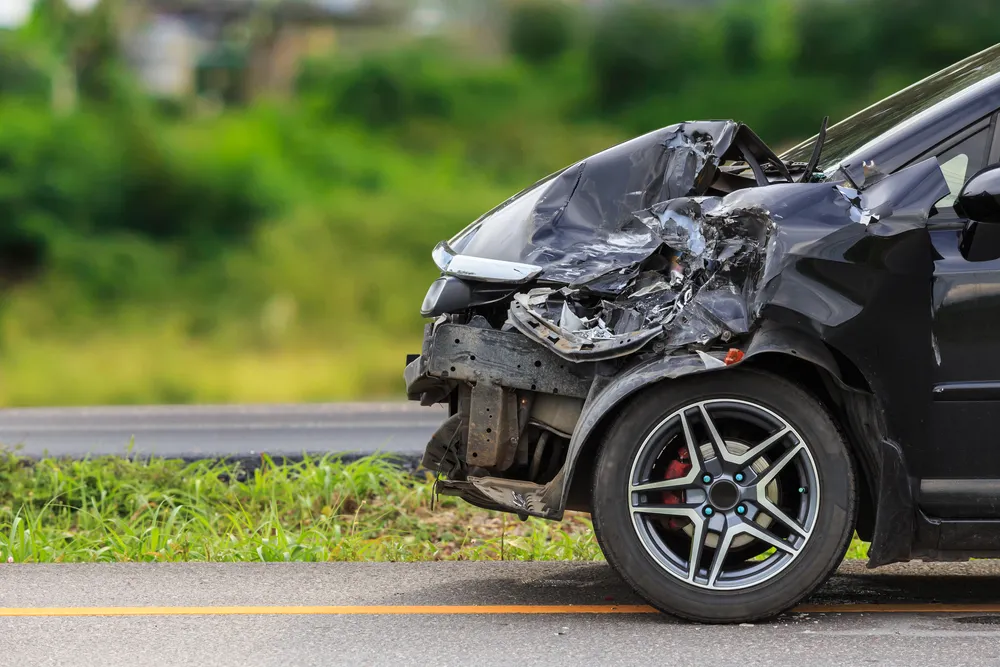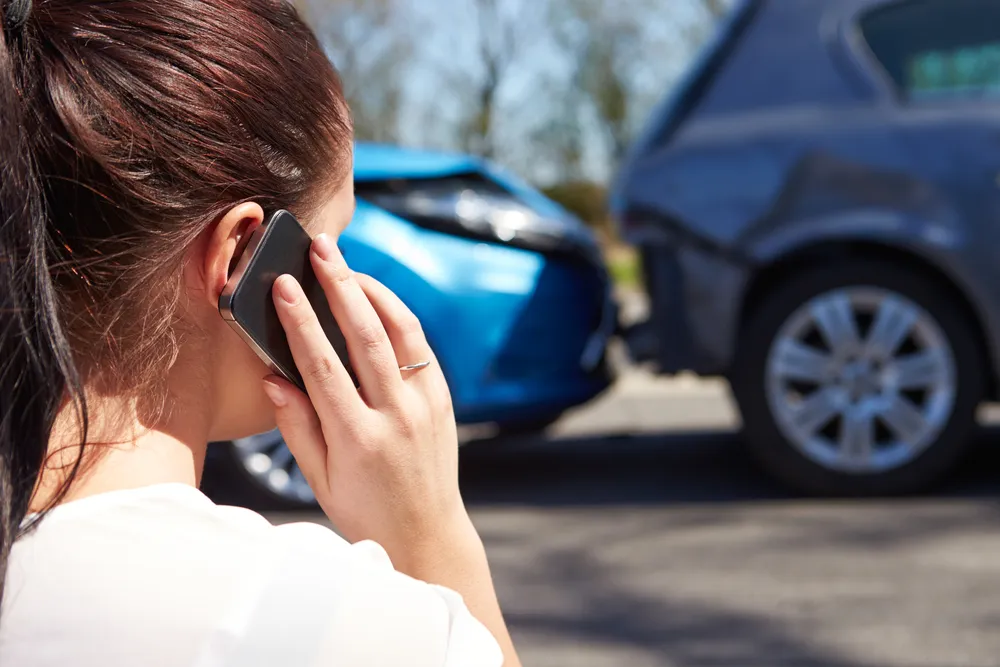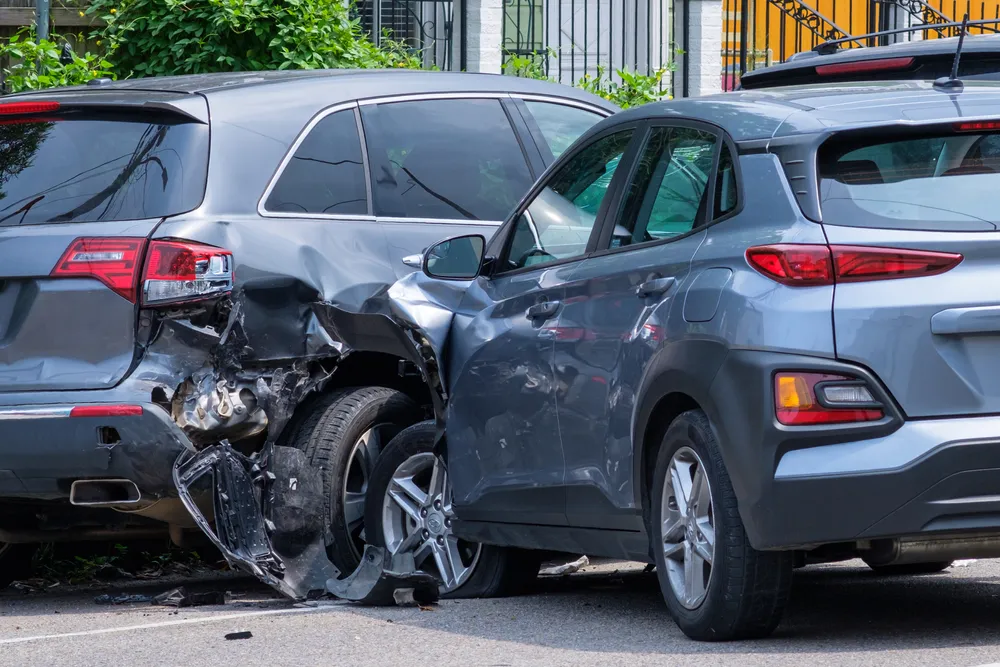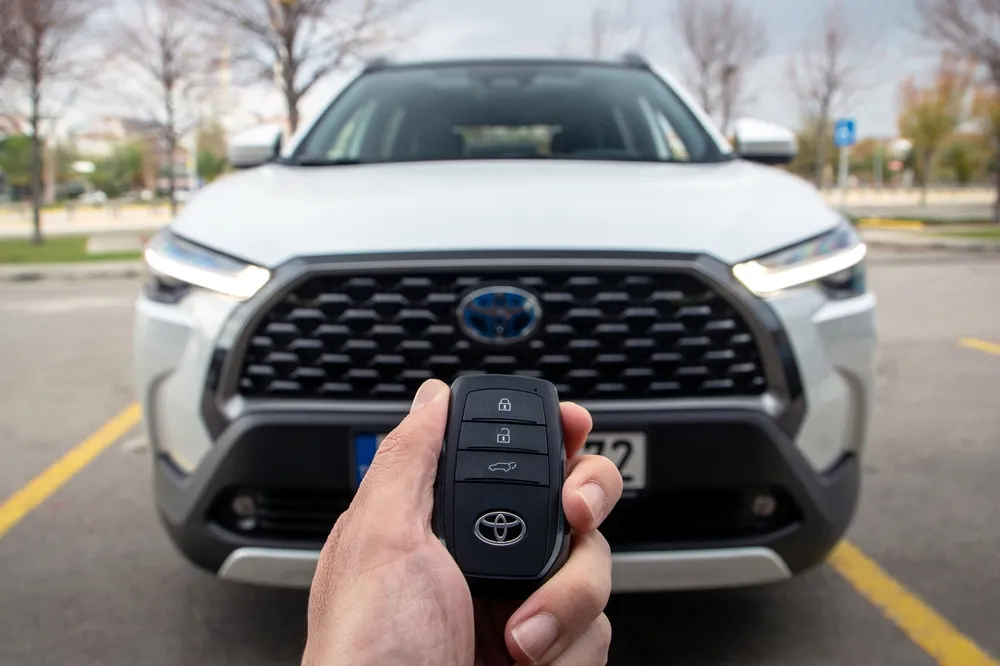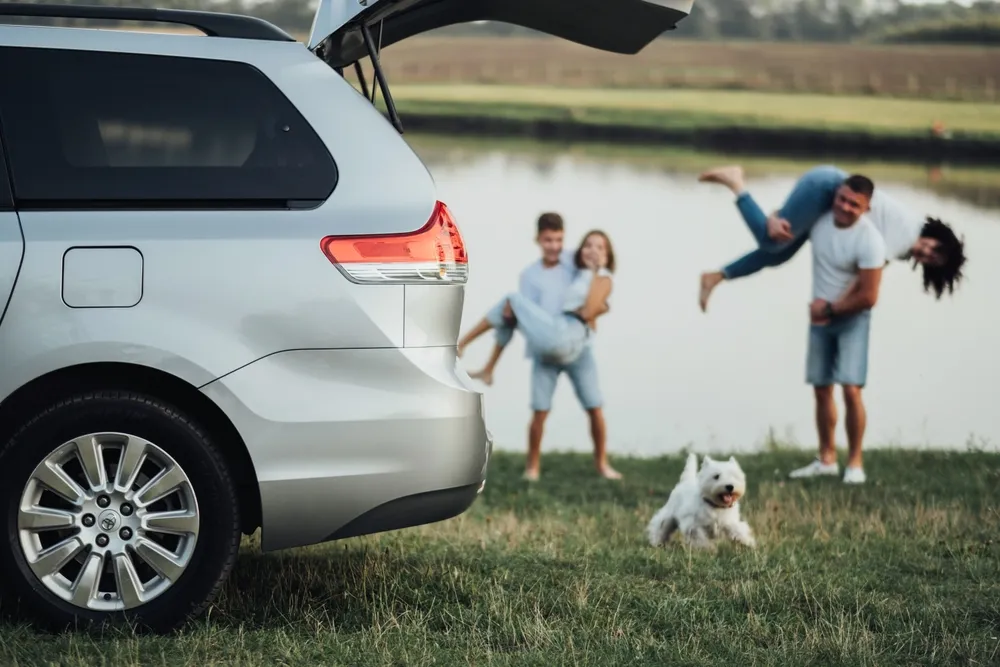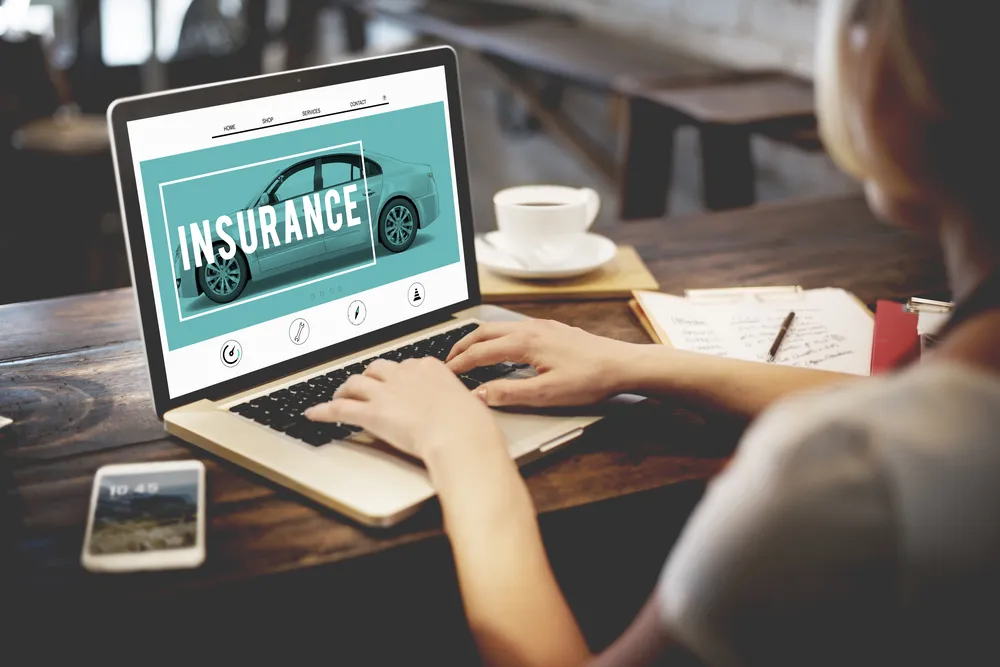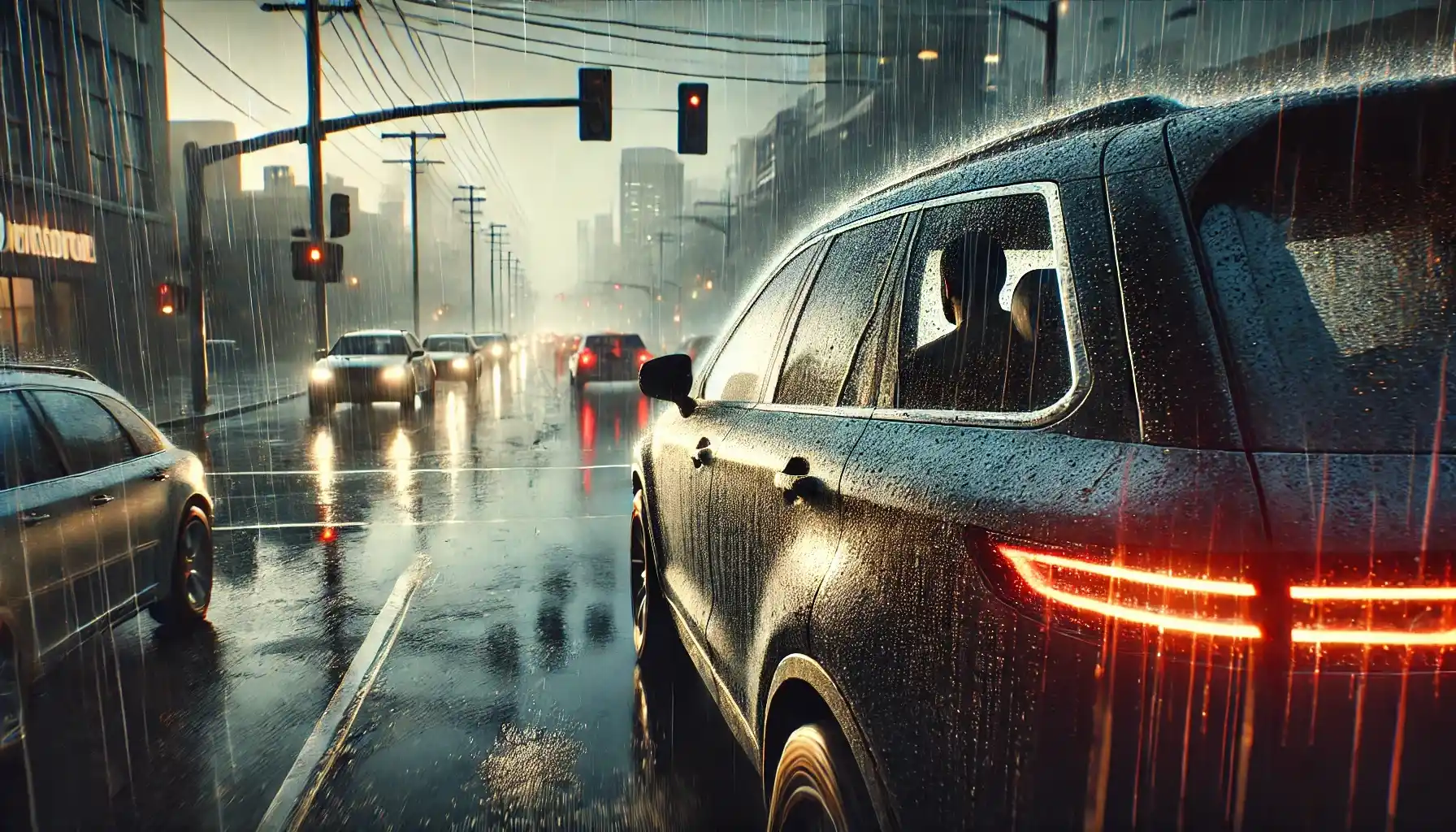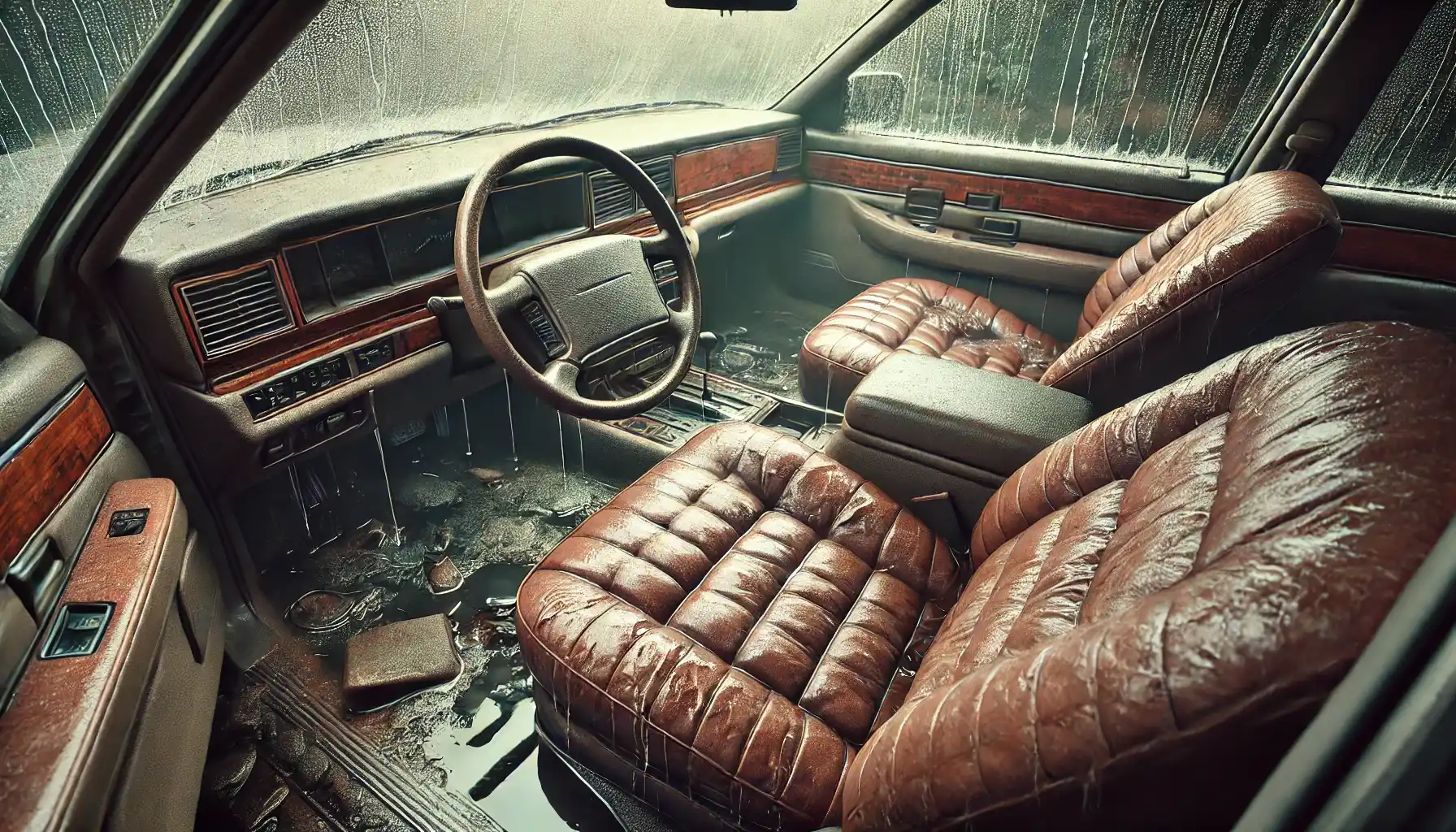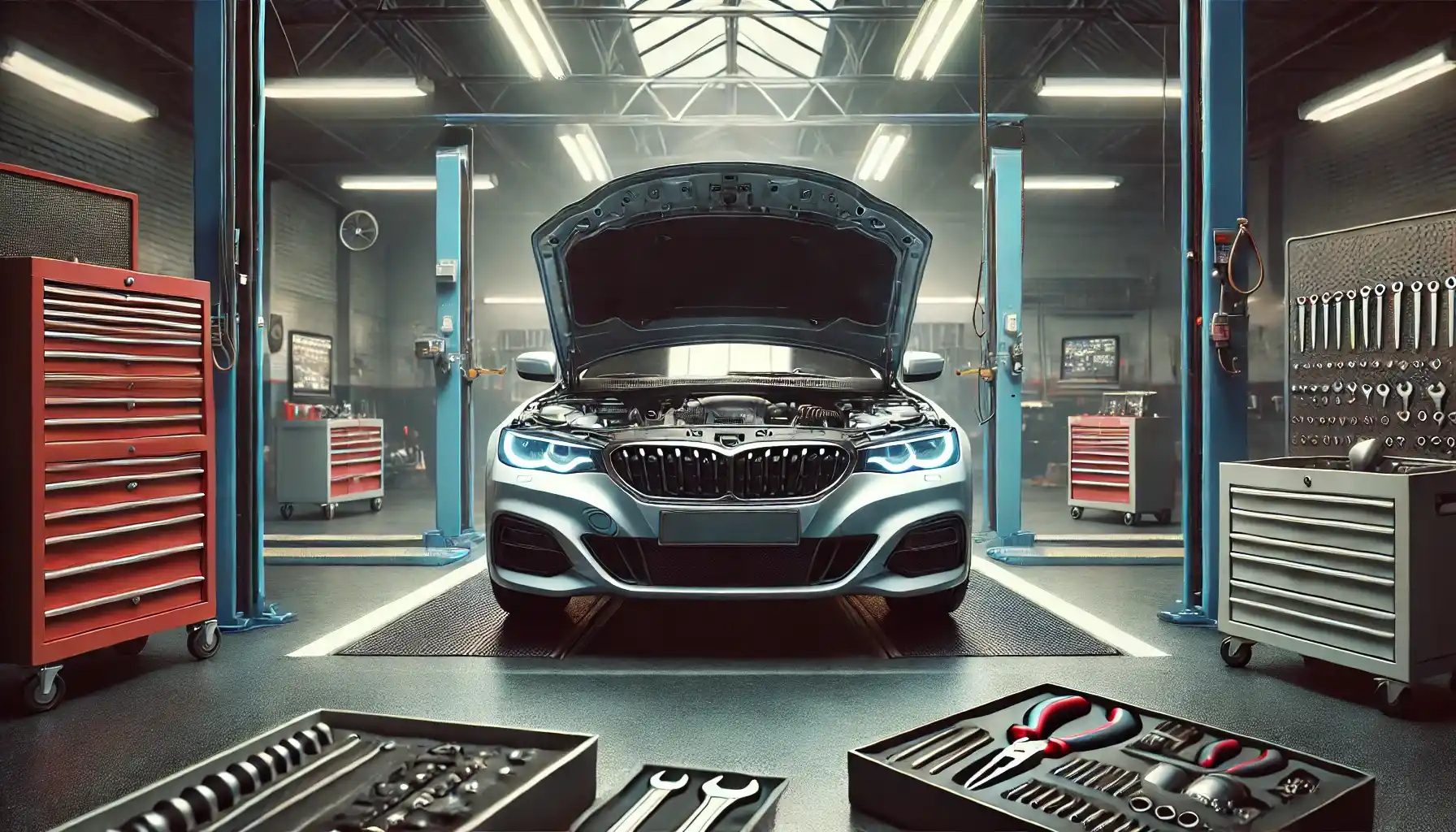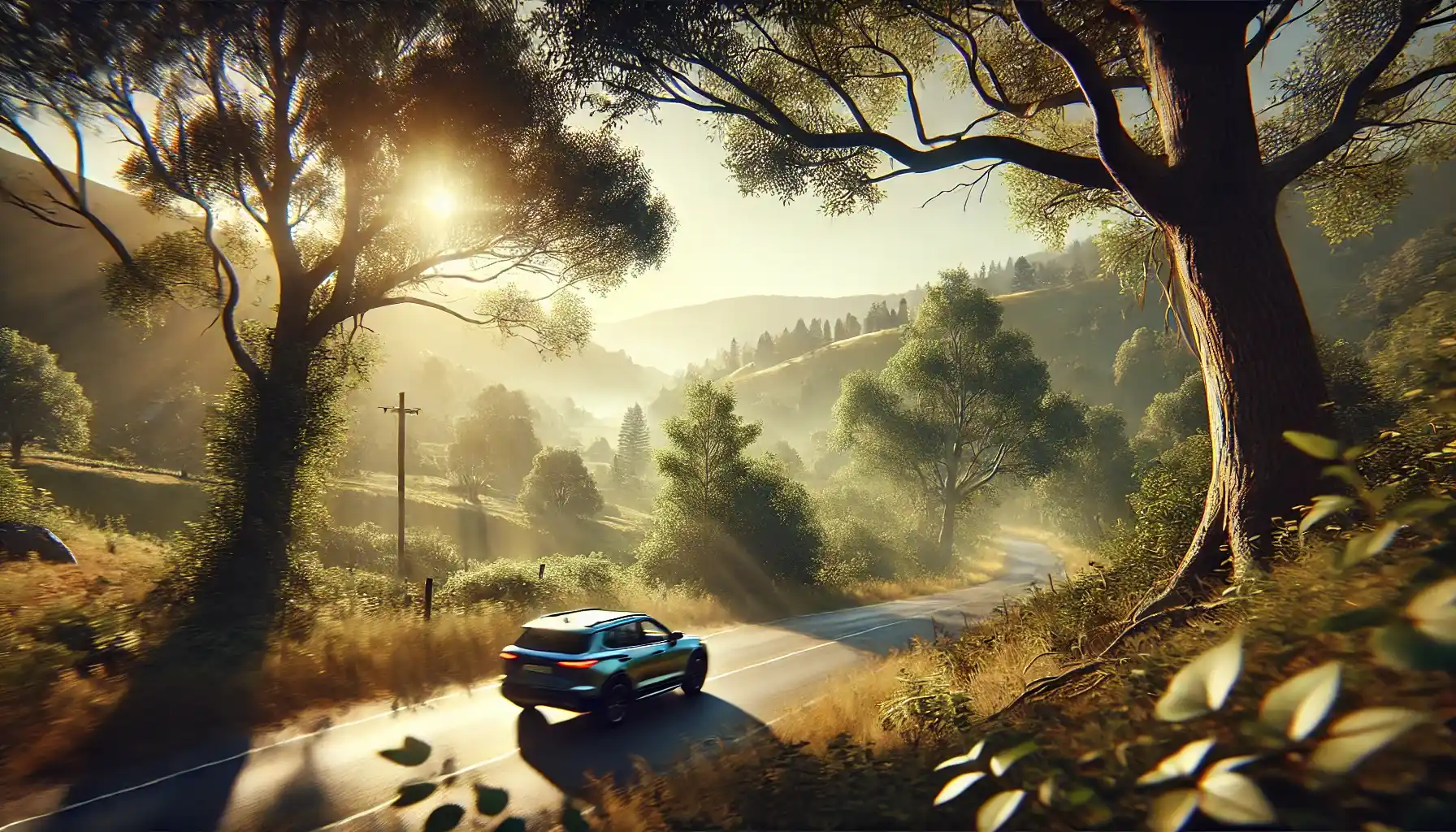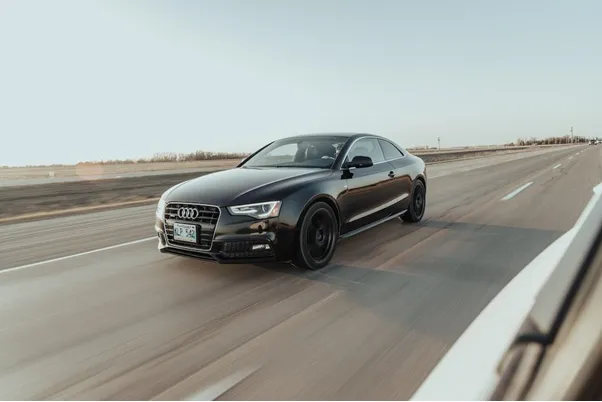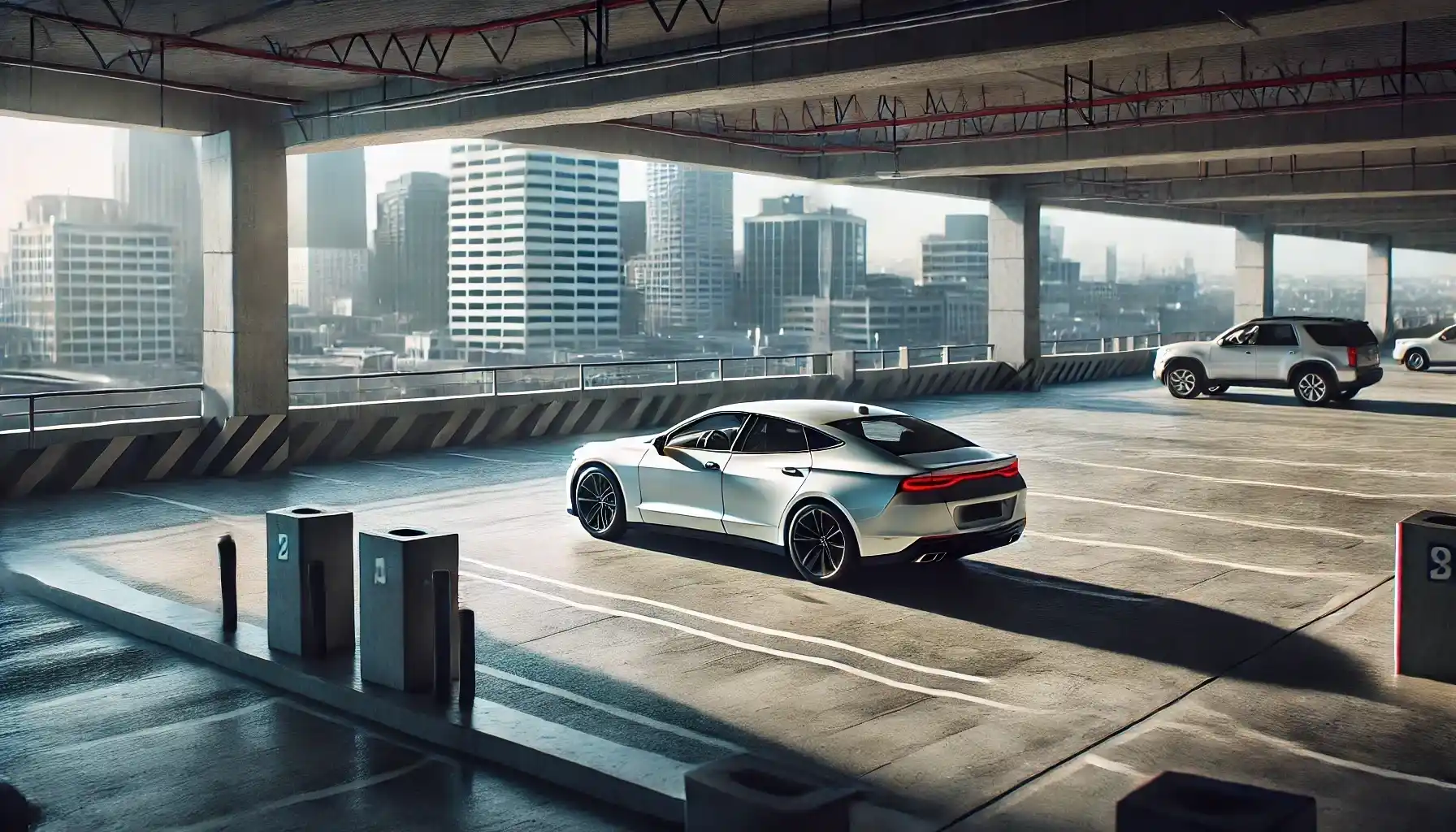Essential Vehicle Maintenance Tips
Keeping your car in top shape isn’t just about performance—it’s about safety, fuel efficiency, and avoiding costly repairs. Here’s your ultimate vehicle maintenance checklist to ensure every drive is smooth and stress-free.
1. Check Your Tires Regularly
Your tires are the only contact point between your car and the road, so keeping them in top shape is crucial for safety and fuel efficiency.
Maintain Proper Tire Pressure – Under Inflated tires increase fuel consumption and wear out faster, while overinflated ones can lead to blowouts. Check tire pressure at least once a month.
Inspect Tread Depth – Balding tires lose grip, especially on wet roads, increasing the risk of accidents. Use the coin test to check if the tread is still deep enough.
Rotate Your Tires – Switching their position every 8,000 to 10,000 km ensures even wear, prolonging tire life and improving handling.
2. Monitor Your Engine Oil and Fluids
Your engine depends on clean, sufficient oil and fluids to function efficiently. Running on low or dirty fluids can damage your engine, brakes, or transmission.
Change Engine Oil Regularly – Fresh oil lubricates the engine, reduces friction, and prevents overheating. Check your car’s manual for recommended oil change intervals.
Check Coolant Levels – This prevents engine overheating, which is one of the most common causes of breakdowns.
Monitor Brake, Transmission, and Power Steering Fluids – These keep your car responsive and ensure smooth, safe operation.
3. Test Your Battery Health
A dead battery can leave you stranded, so checking its health is essential—especially before long drives.
Inspect for Corrosion – Build-up on the terminals can prevent your car from starting. Clean them periodically.
Check Battery Age – Most car batteries last about 3 to 5 years. If yours is older, consider replacing it before it fails.
Test if Your Battery is Weak – Slow starts or flickering lights may indicate a failing battery. Get it tested at an auto shop.
4. Keep Your Brakes in Top Condition
Your brakes are your car’s most important safety feature—ignoring them can lead to accidents.
Listen for Warning Sounds – Squeaking, grinding, or screeching noises may signal worn-out brake pads that need replacing.
Feel the Brake Pedal – If your brakes feel soft or spongy, it could indicate a fluid leak or air in the brake lines—both of which need urgent attention.
Change Brake Fluid – Old brake fluid can cause poor braking performance, so follow your manufacturer’s recommended change schedule.
5. Inspect Your Lights and Wipers
Your car’s lights keep you visible on the road, and wipers ensure a clear view in bad weather.
Check Headlights, Brake Lights, and Turn Signals – A broken light can make night driving dangerous and get you fined.
Replace Dim or Flickering Bulbs – Weak lights reduce visibility—swap them out before they fail completely.
Test Your Windshield Wipers – If they streak or squeak, replace them to ensure clear visibility in heavy rain.
6. Check Your Belts and Hoses
These connect key engine components, and if they fail, your car could stop running altogether.
Look for Cracks, Fraying, or Leaks – Worn-out belts can snap, causing major engine damage.
Replace Old Belts on Time – If your car manual recommends a belt change at a certain mileage, don’t delay—it’s cheaper than an engine repair!
7. Keep Your Cooling System in Check
Your car’s cooling system prevents overheating, which is a leading cause of engine failure.
Check the Radiator and Hoses – Look for leaks, cracks, or rust in the system.
Monitor Coolant Levels – Low coolant levels increase the risk of overheating and permanent engine damage.
Never Ignore an Overheating Engine – If your temperature gauge rises, pull over immediately and let the engine cool before continuing.
8. Schedule Regular Tune-Ups and Inspections
Regular inspections help detect minor problems before they become costly repairs.
Visit a Trusted Mechanic Annually – A full check-up can prevent expensive breakdowns.
Follow Manufacturer’s Maintenance Guidelines – Sticking to your car’s recommended service schedule ensures longevity and reliability.
Catch Issues Early – Routine inspections save you money in the long run by fixing small problems before they escalate.
Warning Signs Your Car Needs Immediate Attention
Ignoring small car issues can quickly turn into expensive repairs or even serious safety risks on the road. If you notice any of these warning signs, don’t wait—have your vehicle checked by a professional mechanic ASAP.
Strange Noises
Weird sounds aren’t just annoying—they often signal serious car trouble.
Squealing when braking? Likely worn-out brake pads that need replacing.
Knocking from the engine? Could indicate piston or fuel system issues—get it checked immediately.
Grinding or rattling? Might mean loose parts, transmission problems, or failing suspension components.
Warning Lights on Your Dashboard
Your car’s dashboard is its way of communicating trouble—never ignore these warning signals!
Check Engine Light – Could mean anything from a loose gas cap to major engine failure.
Oil Pressure Light – Indicates low oil levels or a failing oil pump, which can severely damage your engine.
Battery Light – Suggests a weak battery or alternator failure, which can lead to your car stalling unexpectedly.
If you smell something burning, pull over immediately—it could be a serious issue.
Burning rubber? Your drive belt or brakes might be overheating.
Strong chemical odor? Could mean an oil or coolant leak, leading to engine overheating.
Sweet, syrupy smell? Likely a coolant leak, which can cause your engine to overheat and shut down.
Shaky or Rough Driving
A rough ride could mean several potential problems, including:
Car pulling to one side? Likely due to wheel misalignment or suspension issues.
Excessive vibrations? May indicate unbalanced tires, worn-out suspension, or failing brake components.
Engine misfiring? Can cause poor acceleration and increased fuel consumption—get it checked ASAP.
Leaks Under Your Car
Not all leaks are bad—but some could signal major issues.
Green or orange fluid? Likely a coolant leak, which can cause engine overheating.
Reddish fluid? Could be transmission or power steering fluid, both critical for smooth driving.
Dark brown or black fluid? Usually an oil leak, which can damage your engine if left unchecked.
Clear liquid? Probably just A/C condensation—this one’s normal!
What to Do If You Notice These Signs
If you notice any of these warning signs, don’t wait—schedule a visit to a trusted mechanic immediately. Addressing car issues early can prevent costly repairs and ensure your safety on the road. Regular maintenance keeps your vehicle running smoothly, while having reliable car insurance adds an extra layer of protection against unexpected expenses. With Oona Car Insurance, you can drive with confidence, knowing you’re covered no matter what happens. Stay safe and stay protected—get Oona Car Insurance today!
Why Car Insurance is Essential for Vehicle Protection
Even with regular car maintenance, unexpected accidents, breakdowns, or natural disasters can still happen. That’s why having comprehensive car insurance is just as crucial as keeping your vehicle in top shape. Oona Car Insurance ensures you're protected with:
Coverage for Accidents: Whether it’s a minor fender bender or a major collision, car insurance covers repair costs and medical expenses to protect you and your passengers.
Roadside Assistance: Get help when you need it most, whether it’s a flat tire, dead battery, fuel shortage, or emergency towing.
Protection Against Theft and Vandalism: Cars are valuable assets, and insurance ensures you won’t face huge financial losses in case of theft or malicious damage.
Acts of Nature Coverage: Floods, typhoons, earthquakes, and other natural calamities can cause severe damage to your vehicle, but with the right coverage, you won’t have to worry about expensive repairs.
With Oona comprehensive car insurance, you get more than just protection—you get peace of mind every time you hit the road. Stay prepared, stay protected! Get your policy today and drive with confidence.
Conclusion
Keeping your car in top condition is key to a safe, smooth, and hassle-free driving experience. Regular maintenance checks and early repairs not only extend your vehicle’s lifespan but also help you avoid costly breakdowns. However, car care goes beyond just routine upkeep—having comprehensive car insurance ensures you’re fully protected when the unexpected happens.
With Oona Car Insurance, you get coverage for accidents, roadside assistance, theft protection, and acts of nature, giving you peace of mind every time you drive. Stay ahead of car troubles, drive smart, and protect your vehicle today!


